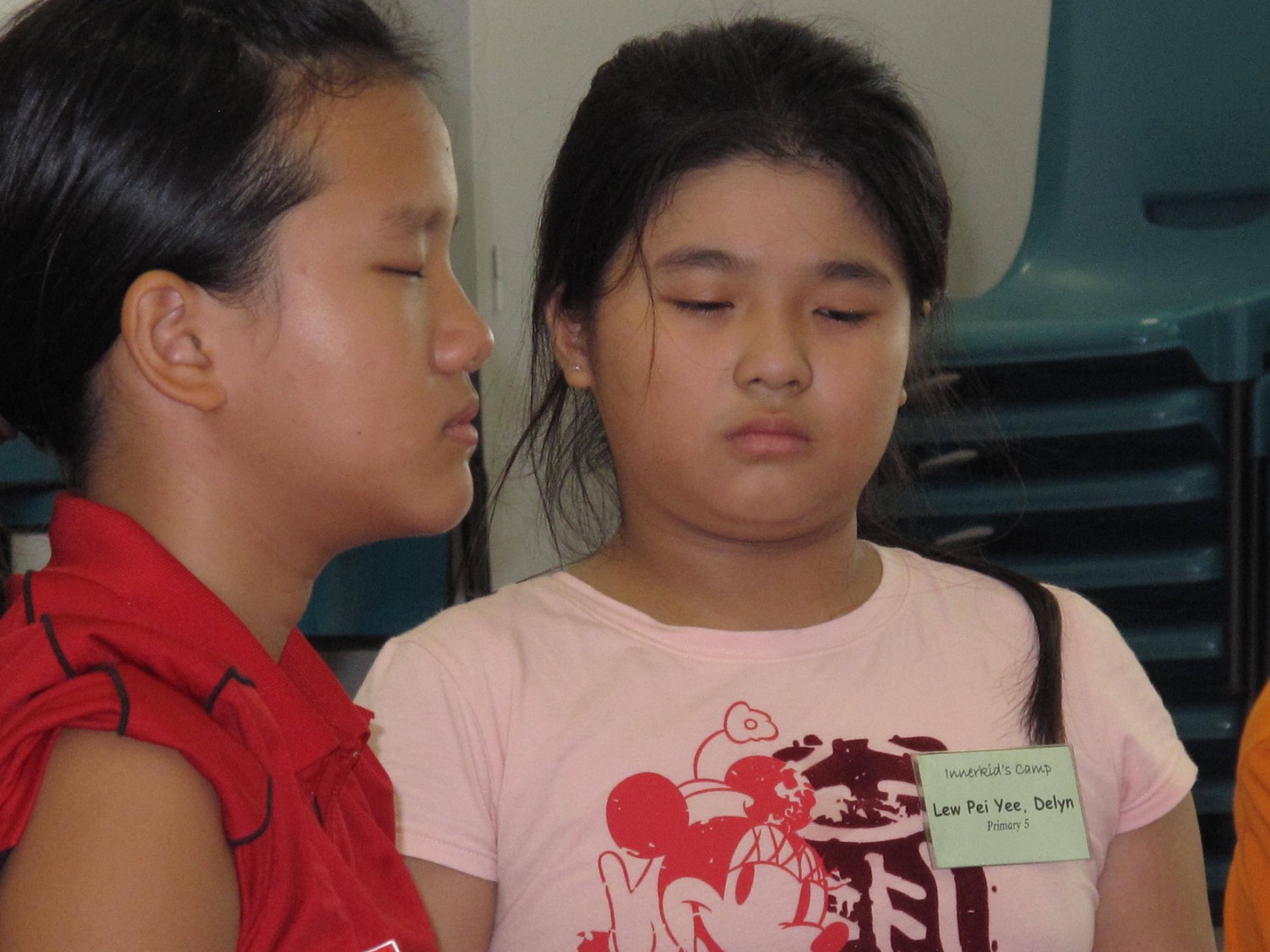Meditation looks easy. How could sitting on a cushion and doing nothing be hard? Yet when I first learned to meditate, it reminded me of playing with a Russian nesting doll: open it and there’s another just like it inside, only smaller, and then another, and several more, until the littlest doll is finally revealed. There seemed to be layers beneath layers of theory that I needed to understand before I could truly practice. Friends and colleagues had recommended several books, and I was having a hard time sorting through the different methods and terms; the progression of concepts and techniques seemed endless. But I stayed with it, and eventually meditation became a respite rather than a struggle. I finally had the littlest doll in hand. I wrote Mindful Games to synthesize what I had learned, and with the hope that it would make unpacking these ideas easier for other parents than it was for me.
A growing body of scientific research supports what contemplatives have known for millennia: mindfulness and meditation develop a set of life skills that allow children, teens, and parents to relate to what’s happening within and around them with more wisdom and compassion. Mindful Games teaches six of these life skills — Focusing, Quieting, Seeing, Reframing, Caring, and Connecting.
When children and teenagers focus on an experience in the present moment (the feeling of breathing, perhaps, or the sounds in a room), their minds tend to quiet, and a space opens up in their heads that allows them to see what’s going on more clearly. As they become aware of what’s happening in their minds and bodies, kids learn to use sense impressions (“I’m feeling restless,” for instance, or “I have butterflies in my stomach”) as cues to stop and reflect before speaking or acting. Through this process they become less reactive and more conscious of what’s going on within and around them. Rather than focusing on the result, they focus on responding to the situation with wisdom and compassion. The qualities caring and connecting emerge naturally as children and teens see the web of relationships, causes, and conditions that lead up to each moment. Then they have an opportunity to reframe how they view a situation and can choose to speak and act in a way that’s aligned with those qualities. These six life skills are scaffolded so that transforming attention (Quieting, Focusing) leads to transforming emotion (Seeing, Reframing), which leads to transforming speech, actions, and relationships (Caring, Connecting), a progression that’s drawn from classical meditation training.
Over thousands of years, contemplatives have compiled an extensive catalogue that maps our inner and outer worlds. I narrowed the catalogue down to two lists that I introduce to kids and their parents through games, stories, guided visualizations, and demonstrations. This circle of six life skills is the first of those lists. The second list is made up of themes that inform a wise and compassionate world view.
Inherent in mindfulness and meditation are qualities that are mysterious, and trying to crack the code by boiling these elements down to a couple of lists might seem to be missing this point entirely. I’m emboldened by other mysterious creative codes, however, such as jazz, where musicians study a circle of fifths and practice scales to fuel artistic qualities inherent in improvisation that are beyond description. Like jazz musicians, meditators study a set of themes and practice a set of life skills to fuel qualities inherent in mindfulness and meditation that are hard to pin down. In both creative disciplines, practitioners know these mysterious qualities when they see them, not because they’re able to put them into words, but because they can feel them. There’s an old saying that wisdom and compassion are like two wings of a bird and we need both to fly. The conceptual themes and practical life skills that mindfulness and meditation develop also develop wisdom and compassion. Working together, they offer a degree of psychological freedom that, ideally, will help kids and their families to soar through life’s difficulties, just as a bird takes flight and soars through the sky.
Mindful games are designed for youth, but don’t let that fact fool you. They can be just as much fun and life changing for parents and for anyone who has a meaningful relationship with a child or teenager. Teachers, therapists, grandparents, aunts, uncles, troop leaders, and camp counselors, these games are for you, too. Ready to give one a try? Test drive one of our Mindful Games Activity Cards.


To learn more about mindfulness and Susan Kaiser Greenland visit her website www.susankaisergreenland.com.
Excerpted from the Introduction of Mindful Games © 2016 by Susan Kaiser Greenland and from Mindful Games Activity Cards by Susan Kaiser Greenland with Annaka Harris © 2017 by Susan Kaiser Greenland. Illustrations © 2016 by Lindsay DuPont. Reprinted in arrangement with Shambhala Publications, Inc. Boulder, CO.
Originally published at medium.com




